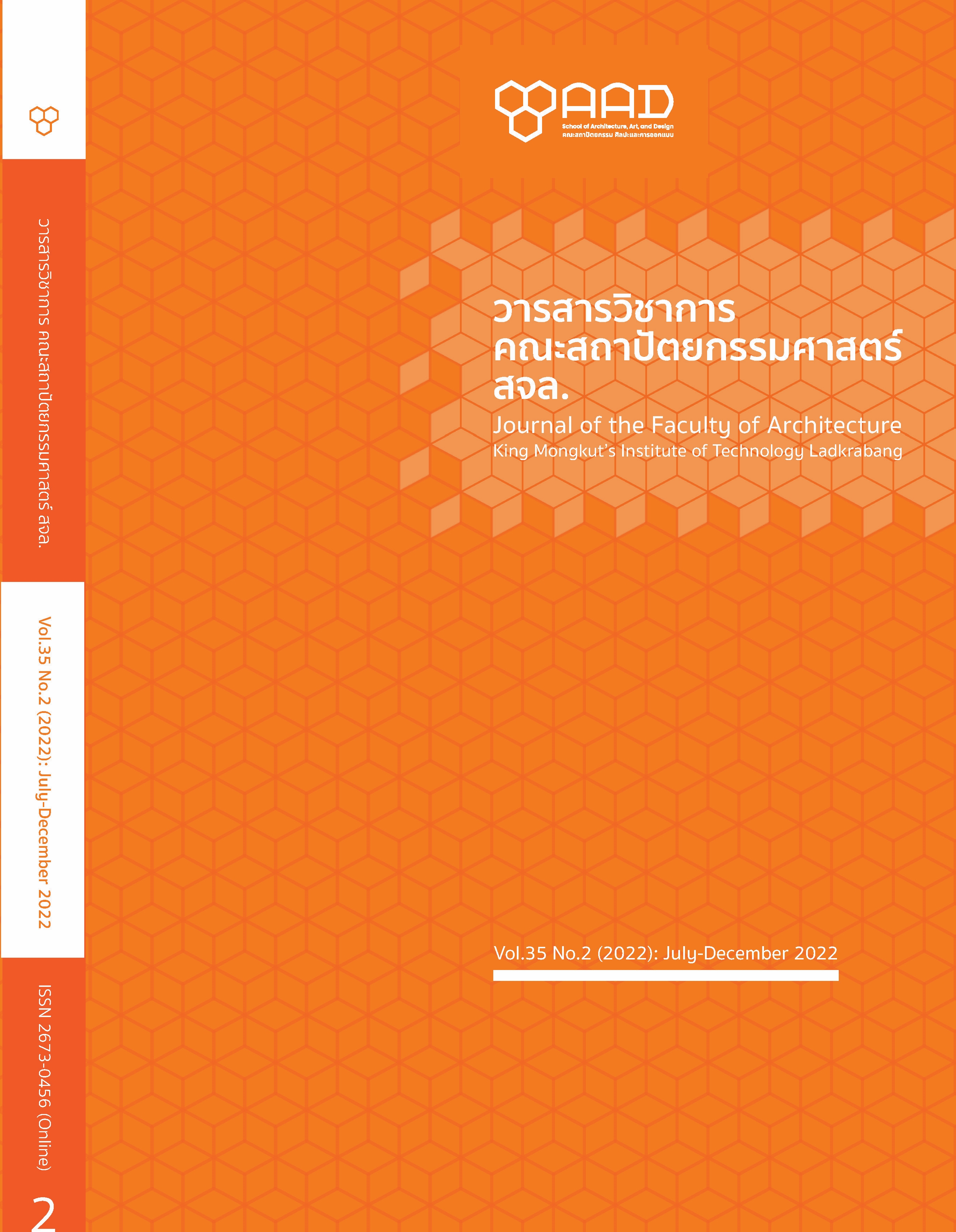Navigation System Design for House of Brands E-Commerce Website to Enhance Customer Experience: A Case Study of Saha Group Online
Main Article Content
Abstract
A house of brands is a business strategy that allows each brand to position itself individually to serve different market needs. Nowadays, a house of brands needs a central service to reinforce the business for both existing and new brands. For a large house of brands, the diversity of brands and products is an important challenge for developing the central e-commerce service. Customers can simply browse for the information they need within the system resulting in satisfied customer experience. This research used the e-commerce website of Saha Group as the case study for investigating the web browsing behavior of the customers because Saha Group is the most diverse house of brands company in Thailand. The objective was to design a navigation system for an e-commerce website that enhances the customer experience. The agile design process was chosen for developing the navigation system because it allows for collecting user feedback at a glance. The browsing behavior was analyzed by the heatmapping tool. There are results from two agile iterations. The first iteration was designed based on the business requirements in presenting product categories and the hypothesis that customers might be familiar with the standard e-commerce system. Conversely, it appeared that customers browsed with brands rather than shopping from the product categories resulting in less interaction with touchpoints on the webpage. The second iteration was designed based on the lesson learned, so customers interacted more with touchpoints on the webpage. The result confirmed that the power of brand influences customer behaviors and their expectations in using a house of brands e-commerce system was different from the standard system. Designing a navigation system that is consistent with customer behavior also results in higher page value. This finding can be a guidance for developing similar systems for other house of brands in the future.
Article Details

This work is licensed under a Creative Commons Attribution-NonCommercial-NoDerivatives 4.0 International License.
This work is licensed under a Creative Commons Attribution-NonCommercial-ShareAlike 4.0 International License.
Copyright Transfer Statement
The copyright of this article is transferred to Journal of The Faculty of Architecture King Mongkut's Institute of Technology Ladkrabang with effect if and when the article is accepted for publication. The copyright transfer covers the exclusive right to reproduce and distribute the article, including reprints, translations, photographic reproductions, electronic form (offline, online) or any other reproductions of similar nature.
The author warrants that this contribution is original and that he/she has full power to make this grant. The author signs for and accepts responsibility for releasing this material on behalf of any and all co-authors.
References
Aaker, D. (2004). Brand portfolio strategy: Creating relevance, differentiation, energy, leverage and clarity. New York, NY: Free Press.
Aaker, D. and Joachimsthaler, E. (2000). The brand relationship spectrum: The key to the brand architecture challenge. California Management Review. 42(4), 8-23.
Åsberg, P. (2018). A dualistic view of brand portfolios: The company’s versus the customer’s view. Journal of Consumer Marketing. 35(3), 264-276.
Chailan, C. (2009). Brand architecture and brands portfolio: A clarification. EuroMed Journal of Business. 4(2), 173-184.
Chen, N. and Yang, Y. (2021). The impact of customer experience on consumer purchase intention cross-border E-commerce—Taking network structural embeddedness as mediator variable. Journal of Retailing and Consumer Services, 59, 1-8.
Garrett, J. J. (2011). The elements of user experience: User-centered design for the web and beyond. Berkeley, CA, USA: New Riders.
Google. (2021). How Page Value is calculated: Understand the relative value of pages on your site. Retrieved from: https://support.google.com/analytics/answer/2695658?hl=en.
Grashiller, M., Luedeke, T. and Vielhaber, M. (2017). Integrated approach to the agile development with design thinking in an industrial environment. 21st International Conference on Engineering Design, ICED17. 239-248.
Grimshaw, J., Campbell, M., Eccles, M. and Steen, N. (2000). Experimental and quasi-experimental designs for evaluating guideline implementation strategies. Family Practice. 17, 11-16.
Hay, L. (2017). Researching UX: Analytics. Australia: SitePoint Pty. Ltd.
Kalbach, J. (2007). Design web navigation. Beijing, China: O’Reilly Media, Inc.
Kotler, P., Kartajaya, H. and Setiawan, I. (2021). Marketing 5.0. Hoboken, New Jersey: John Wiley & Sons, Inc.
Logman, M. (2021). The interplay between brand and business model architectures: A Conceptual grid. Marketing Intelligence & Planning. 39(8), 1005-1023.
Michaelson, D. and Stacks, D. W. (2011). Standardization in public relations measurement and evaluation. Public Relations Journal. 5(2), 1-22.
Neumeier, M. (2007). ZAG: The number-one strategy of high-performance brands. Berkeley, CA, USA: New Riders.
Neumeier, M. (2016). The brand flip: Why customers now run companies–and how to profit from it. Berkeley, CA, USA: New Riders.
Pine II, B. J. and Gilmore, J. H. (1999). The experience economy: Work is theatre & every business a stage. Boston, Massachusetts: Harvard Business School Press.
Rosenfeld, L., Morville, P. and Arango, J. (2015). Information architecture: For web and beyond. 4th ed. Sebastopol, CA: O’Reilly Media, Inc.
Schmitt, B. (1999). Experiential marketing. Journal of Marketing Management. 15(1-3), 53-67.
Schwartz, L. (2013). Agile-user experience design: An agile and user-centered process?. The Eighth International Conference on Software Engineering Advances. 346-351.
Yamane, T. (1973). Statistics: An introductory analysis. New York: Harper & Row.


